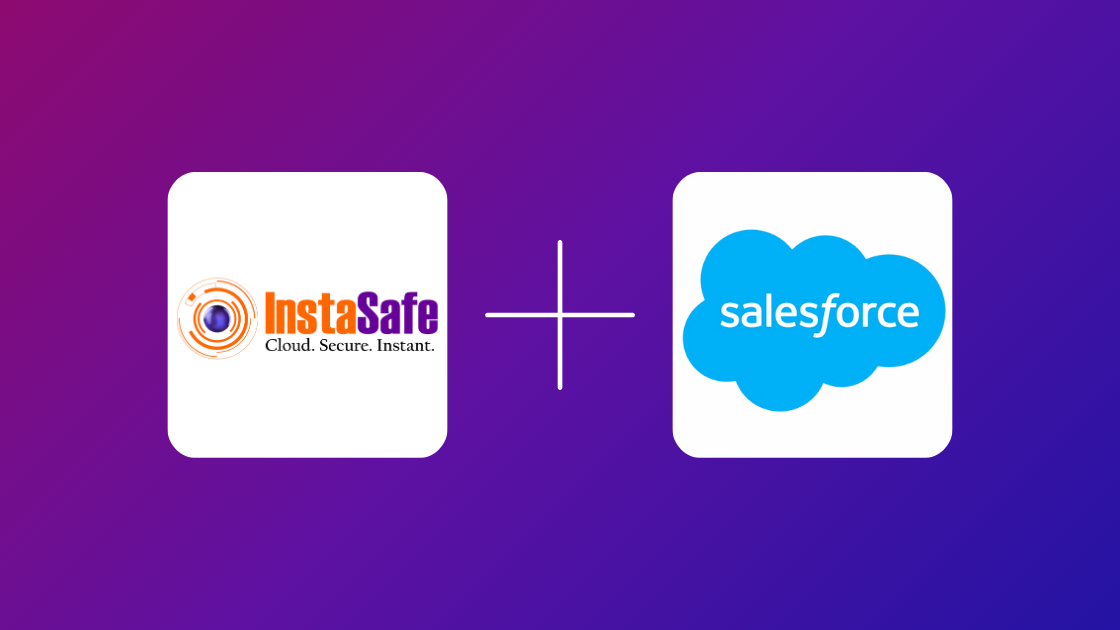Secure Access for Salesforce

Salesforce is a powerful Customer Relationship Management (CRM) platform that many businesses rely on for managing their sales, customer service, and marketing operations. Given its critical role in storing and processing sensitive customer data, ensuring secure access to your Salesforce application is essential. This article explores various methods to enhance the security of your Salesforce environment, focusing on Single Sign-On (SSO), Multi-Factor Authentication (MFA), and other best practices to safeguard your data.
Introduction to Salesforce Security
Securing your Salesforce application involves implementing multiple layers of protection. These layers include managing user access, configuring network security, enabling logging and monitoring, and integrating with security tools. Let's delve into these strategies to enhance the security of your Salesforce environment.
1. Managing User Access
a. Use Strong Password Policies
Implementing strong password policies is the first step in securing user accounts. Ensure all users follow best practices for password creation:
- Use a mix of upper and lower case letters, numbers, and special characters.
- Avoid common passwords and patterns.
- Change passwords regularly and avoid reuse.
b. Enable Two-Factor Authentication (2FA)
Two-Factor Authentication adds an additional layer of security by requiring users to provide a second form of verification. Salesforce supports 2FA through various methods such as SMS, authenticator apps, and hardware tokens.
c. Implement Role-Based Access Control (RBAC)
Salesforce's RBAC allows you to assign roles to users based on their responsibilities. By limiting access to certain functionalities, you can minimize the risk of unauthorized actions:
- Standard User: Can access and use the applications they are assigned.
- System Administrator: Can manage application settings and user permissions.
2. Configuring Network Security
a. Restrict IP Access
Restricting IP access ensures that only trusted networks can access your Salesforce instance. Configure firewall rules to allow traffic only from known IP addresses and block others.
b. Use HTTPS
Always use HTTPS to encrypt data in transit. This ensures that sensitive information, such as login credentials and API tokens, is not intercepted by unauthorized parties. Obtain an SSL certificate from a trusted Certificate Authority (CA) and configure your Salesforce instance to use it.
3. Enabling Logging and Monitoring
a. Enable Auditing
Auditing logs are crucial for tracking and investigating security incidents. Salesforce provides auditing features to log important events such as login attempts, changes to user permissions, and modifications to critical settings.
b. Monitor User Activity
Monitoring user activity helps in identifying unusual or unauthorized actions. Implement monitoring tools that provide insights into user behavior and alert you to potential security threats.
4. Integrating with InstaSafe for Enhanced Security
a. Single Sign-On (SSO)
InstaSafe Secure Access enables seamless and one-click access to Salesforce applications using Single Sign-On. With SSO, users authenticate once and gain access to multiple applications without needing to sign in repeatedly. This not only enhances user convenience but also improves security by reducing the risk of password fatigue.
b. Multi-Factor Authentication (MFA)
MFA provides an additional layer of security by requiring users to verify their identity through multiple methods such as OTP, T-OTP, push notifications, biometric verifications, or hardware tokens. This reduces the risk of unauthorized access due to compromised passwords.
c. Device Authentication
InstaSafe ensures that only authorized and compliant devices can access your Salesforce instance. By enforcing device authentication, you significantly reduce the chances of data breaches and ensure that only the right users with the right devices are accessing your application.
Benefits of InstaSafe Secure Access for Salesforce
1. Granular Access Controls
InstaSafe allows you to provision users or user groups based on their roles, determining who can access specific applications. This granular control enhances security by ensuring that only authorized personnel can access sensitive information.
2. Complete Visibility
Gain complete visibility of user activity with InstaSafe’s detailed insights. This visibility helps in monitoring user behavior, detecting anomalies, and improving overall security posture.
3. Enhanced Security with Seamless User Experience
By integrating MFA and SSO, InstaSafe provides an enhanced security layer while maintaining a seamless user experience. Users enjoy easy access without compromising on security.
4. Easy to Deploy
InstaSafe Secure Access can be set up in minutes, making it easy to get started. The straightforward deployment process ensures that your Salesforce instance is quickly secured without extensive configuration.
Step by Step Guide for configuring Salesforce with Single Sign On using SAML
- Login to the Instasafe Admin Console with valid credentials.
- Go to the IDP/ Identity provider section in Identity Management.
- In choose IDP, select the application type as SAML.
- Enter IDP Name as Salesforce.
- Enter the SP Entity ID or Issuer
- Enter the ACS URL
- Exchange SAML metadata between Salesforce and ZTAA to establish the trust relationship.
- In the Attribute Mapping tab configure the following attributes as shown in the image below.
Salesforce Application Set Up In Instasafe console
- In the Instasafe admin console.
- Go to applications in perimeter management.
- Create the Salesforce application and add the logo if needed.
- Create the application.
Set up the Access policy for the application access
- In the access policy create an policy for Salesforce access
- Enter the policy name
- Choose the expiry date as per requirement.
- Click on the next button
- Click on the add button and add the user or user group to whom you want to give access to the Salesforce application.
- Add the salesforce application
- Save the access policy
- Test SSO and Conditional Access:
- Verify that users can successfully authenticate to Salesforce using SSO via ZTAA.
Conclusion
Securing your Salesforce application is crucial to protecting your customer data and maintaining the integrity of your workflows. By implementing strong user access controls, network security measures, and leveraging InstaSafe’s Secure Access solution with SSO and MFA, you can ensure that your Salesforce instance remains secure, user-friendly, and protected from potential threats.
